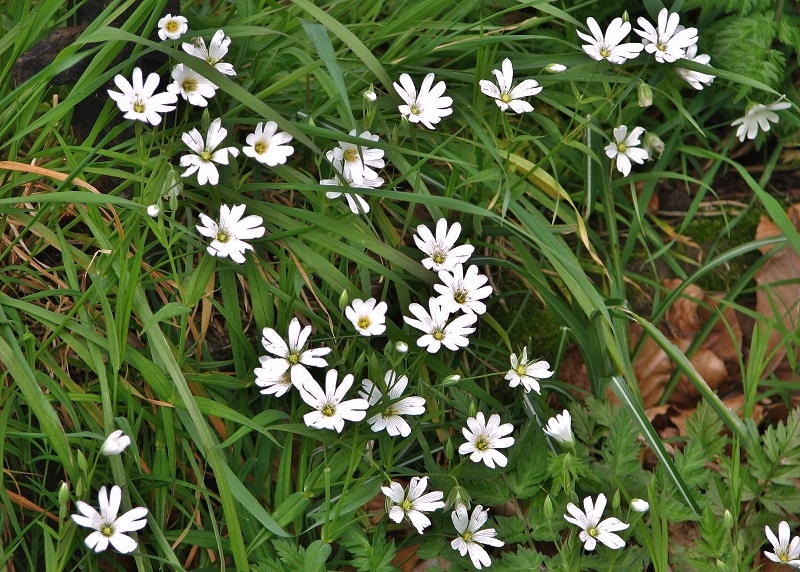“In my dweems we fwy,” is a quote written on the cover of Joni Mitchell’s 1979 album “Don Juan’s Reckless Daughter”. The cover also features Joni as an African American, a fact I did not realize until, years later, when I read a Musician magazine interview with Joni where the late great jazz musician, Charles Mingus, calls Joni “One nervy broad”, for pulling off such a racial pigmentation change. I did an internet search attempting to locate where the quote “In my dweems we fwy,” originates but had no success. It sounds like lines from Peter Pan or an old Hollywood romance such as “Now Voyager”. The fact that I keep hearing it being it said by a voice which sounds like Tweety Bird though, causes the horizons of my mind to enlarge with cartoon balloon after balloon. Here comes Bullwinkle bouncing with Rocky in a tickertape rain.
Flying, in concept and in reality, is pretty much like this for me anyway, an extension of dreamtime. There is an expansion between my ears not unlike helium, but more sonorous, and deep tones are allowed entrance as a humming undercurrent which sustains the whole. Is this the cerulean siren song which called to Da Vinci? I admire his Icarus elegance, his locks flowing like Ganymede’s, and there must be such determination in his gaze, an angel’s ruth, even as the panic of plummeting begins. If there is a crowd watching, does not awe turn to terror and sorrow, or is there only derision at the sight of feathers exploding like a plucked duster? (Actually if I were Leonardo’s maid I too may be tempted to roll my eyes, thinking
Mama Mia, all those good goose down pillows gone to waste.) Still, we have the meticulous drawings and notes in his journals to put a cork in more cynical speculations, and the fact that history proved his dreams right. Not every human, let alone every artist, can say as much.
Lucky Leo. It wouldn’t take Freud to figure out what’s at the crux of
this fantasy.
Oddly enough, while up in the air, I do not picture the mechanics of airplanes or copters at all, only the wonder of how something of substantial weight and mass can possibly defy gravity. To me it truly is a suspension of disbelief. The clouds become blueprints that slowly fill with sepia. I imagine newsreels of the Wright Brothers’ trials and errors, along with grainy footage of a regal Amelia Earhart and a gallant Charles Lindberg, waving to a sea of well-wishers. My own art, at one time, had been obsessed with such a sense of the wondrous, the ideas of floating or falling, yet falling in such a way it was slow-mo and somewhat giddy. One of these mural-size works, “Go Ahead, Now You Try”, which eventually became a short film, was filled with these airy themes: wing walkers, acrobats balancing on chairs, sky divers riding parachute currents before a large sun-orange hot air balloon depicting two lovers.
Chagall understood such need to be apart from the heaviness of earth, the weight of it, though I can also see the reason behind the thematic skies of a photographer like Robert Parke Harrison. All is gray in his landscapes, his protagonist a tie-less man in black with a white shirt, an inventor of some sort creating machines that are a mixture of the organic (thistles and tumbleweeds), and mechanical wheels and propellers pulled from some endless scrap heap. The world he lives in appears post-apocalyptic, but there is something very humane in the narratives, for this inventor, whether on unicycle or telephone wires, appears to be attempting flight, attempting to make progress out of chaos.
Lately my own flying dreams have taken on such dimensions. When younger and flying, always without the aid of machines, but just by using my arms, there was true ethereal exhilaration, and landing woke me with a bounce. In fact, in some of those visions there were even other mythic prehistoric beasts, Loch Ness Monster-shaped, also taking to the skies. Now such dreams are rare, and should they occur it is usually due to plight as opposed to flight, the need to escape something which is simultaneously cryptic, sinister and yet mundane: the drear of office work perhaps, or dim-lit grocery stores where zombie customers saunter with vacant hope of ever finding what they seek.
*****
A resident of NY, Stephen Mead is an Outsider multi-media artist and writer. Since the 1990s he's been grateful to many editors for publishing his work in print zines and eventually online. He is also grateful to have managed to keep various day jobs for the Health Insurance. In 2014 he began a webpage to gather various links to his published poetry in one place,
http://stephenmead.weebly.com/links-to/poetry-on-the-line-stephen-mead






